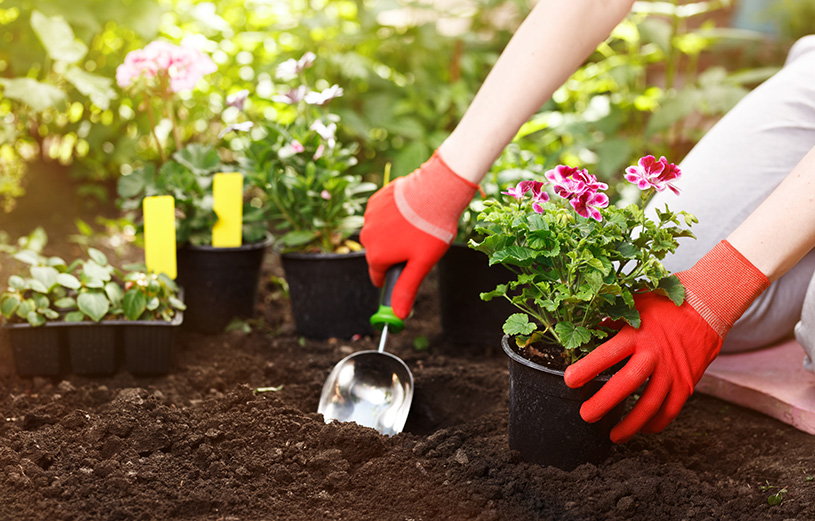
Gardening with Fairways – what to do in June
General Garden Tasks and Tips
Protecting Against Frost
If frost is predicted, especially in northern regions, safeguard your garden by covering bedding plants and young vegetables with horticultural fleece or old newspapers. Pay particular attention to the shoots of recently planted potatoes.
Applying Mulch
It’s always a good practice to mulch your soil, but it’s especially crucial now. Mulch helps retain moisture and suppress weeds. Before applying mulch, ensure the soil is moist, as dry soil will not benefit. Newly planted containers can also be mulched, and decorative chippings can enhance the look of stone, terracotta, and glazed pots.
Watering Plants
During hot spells, water your plants deeply, focusing on newly planted ones, young vegetables, and potted plants. Instead of watering everything lightly every night, divide your garden into sections and thoroughly soak one section each evening. This method encourages deeper root growth, making plants more resilient to drought. Shallow watering causes roots to stay near the surface, which makes plants more susceptible to dry conditions.
Weed Control
Tackle annual weeds early by hoeing or hand-pulling them on a dry day, letting them wither on the surface. For perennial weeds, dig them out completely to prevent regrowth. Leaving any part of the root will cause them to reestablish.
Filling Gaps in Borders
Fill empty spaces in your borders with summer bedding plants for a burst of color. These temporary fillers can be replaced with permanent plants in the autumn. Any type of annual—whether hardy or half-hardy—will do. For height among medium plants, consider adding a pot of summer-display plants. Hardy annuals sown now will bloom in late summer and autumn, extending your garden’s floral display.
Deadheading Flowers
Regularly remove faded flowers from perennials, repeat-flowering roses, and annuals to extend their blooming period. This process redirects the plant’s energy from seed production to new growth and flowers. Use secateurs to cut back to just above strong buds. For plants like hardy geraniums, use garden shears to trim them back hard after flowering. Though it may seem severe, new foliage will soon emerge, rejuvenating the plant.

